Volume 18
January - December, 2024
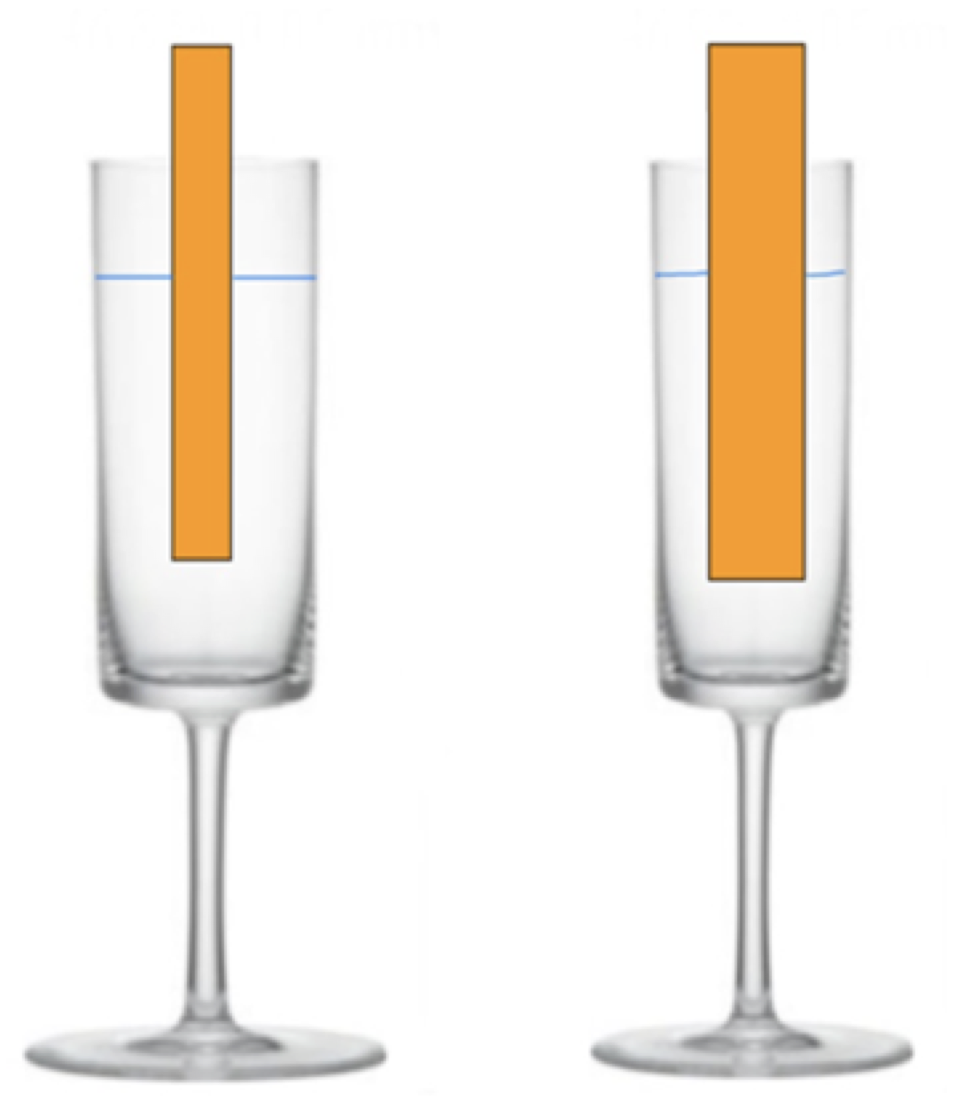
Article 1
Water Layer Thickness and Frequency of a Tapped Wine Glass
by C. Laosangfa, A. Raina, P. Thaipat, N. Ung-udonpakdee

Article 1
Water Layer Thickness and Frequency of a Tapped Wine Glass
by C. Laosangfa, A. Raina, P. Thaipat, N. Ung-udonpakdee
Tapping the rim of a wine glass produces a tone. When water is added to the glass, the pitch decreases. The decrease in pitch is attributed to the effective addition of the mass of the liquid to the vibrating walls of the glass. A solid cylinder fixed in the center of the glass reduces the thickness of the layer of water. Chen derived a theoretical model of the effect of the thickness of the water layer touching the walls on the frequency produced, and tested its validity down to a minimum water thickness of 2 cm. 4Here, we test Chen’s model for water layer thicknesses below 2 cm. Cylinders of different diameters were inserted into the center of a cylindrical glass, while controlling the depth of the water. The sound of the tapped wine glass was recorded and the frequency determined. It was found that Chen’s model accurately predicts the frequency for water layer thicknesses above 2 cm, but increasingly diverges for thinner layers.
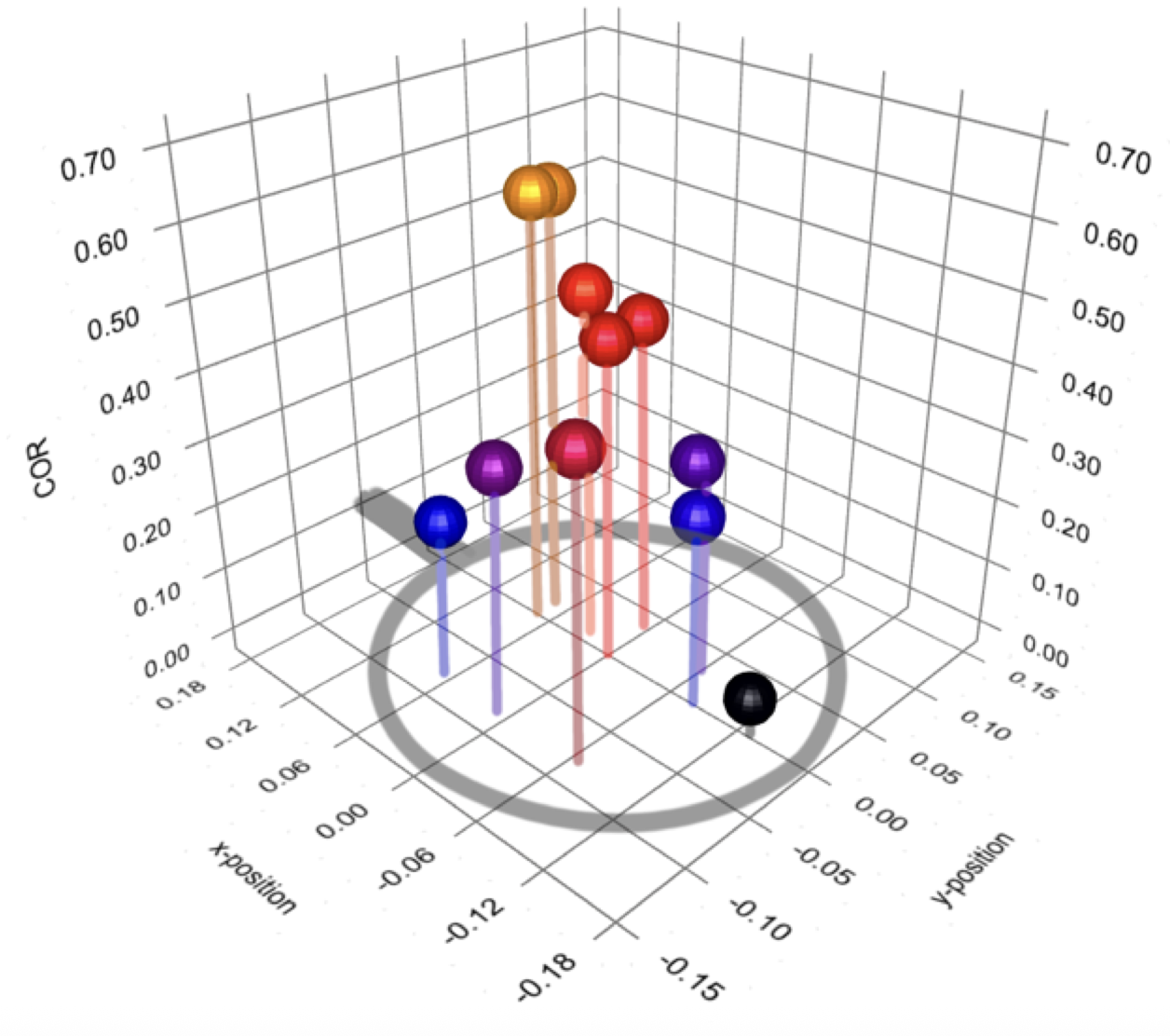
Article 2
Tennis Racket Impact Point and Coefficient of Restitution
by Prima Pipatnarapong, Wirulphat Sriola, Yanrun Li, Yucheng Zhou

Article 2
Tennis Racket Impact Point and Coefficient of Restitution
by Prima Pipatnarapong, Wirulphat Sriola, Yanrun Li, Yucheng Zhou
The relationship between the contact point of a ball hitting a tennis racket and the coefficient of restitution (COR) of the ball was investigated. A tennis ball was launched onto various points on the head of a clamped tennis racket. The impact was recorded from the side and behind using high-speed cameras to determine the contact point and COR. The COR was calculated by dividing the rebound velocity by its impact velocity, measured using Logger Pro video analysis. The results showed the COR increasing in value as the contact point approached the central line and with the highest values on the line towards the handle. This study provides insights into the physics of tennis rackets and can be used to inform coaching.
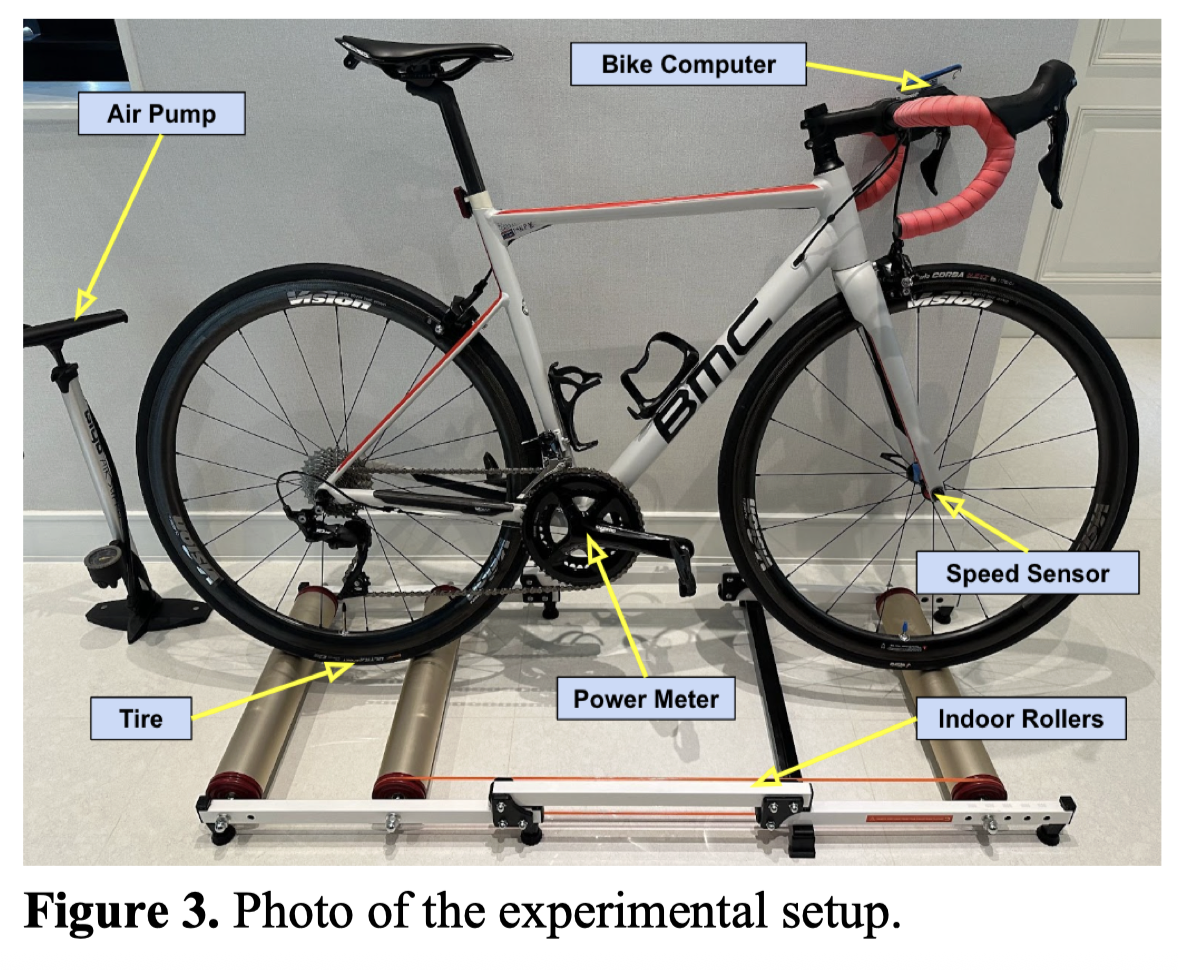
Article 3
Tire Pressure and Rolling Friction of a Road Bicycle Tire
by Siraphop Pitpreecha

Article 3
Tire Pressure and Rolling Friction of a Road Bicycle Tire
by Siraphop Pitpreecha
The rolling friction of a road bicycle tire was measured as a function of changing tire pressure. Five different tire pressures, ranging from 40 to 120 psi, were tested in increments of 20 psi. The power input to the pedals and wheel speed were collected using a crank-based power meter and speed sensor. It was found that rolling friction increases with decreasing tire pressure in an inversely proportional relationship.
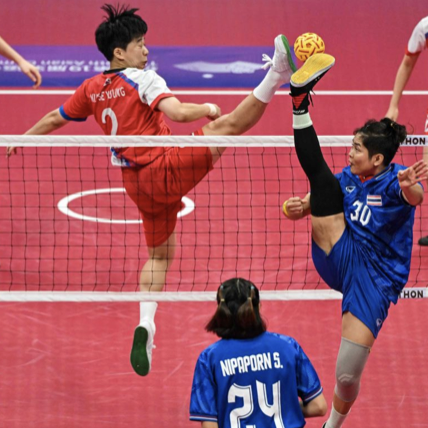
Article 4
Coefficient of Restitution of a Takraw Ball
by Passawit Jongsuebchoke and Kris Pornsirikul

Article 4
Coefficient of Restitution of a Takraw Ball
by Passawit Jongsuebchoke and Kris Pornsirikul
Takraw is a popular sport in Southeast Asia that is akin to “Foot Volleyball”. It is played by two teams kicking a woven rattan or polymer ball over a net. The coefficient of restitution of a polymer takraw ball impacting the floor at a velocity of 5 ms -1was measured for ball temperatures ranging between 1 and 59oC. The coefficient of restitution was determined for impact velocities between 4.7 ms -1and 19.3 ms -1using a 240fps camera. It was shown that reductions in the COR of the ball with increasing temperature and impact velocity can be represented to a good approximation by linear regression lines over the range of temperatures and energies likely to be encountered in actual play.
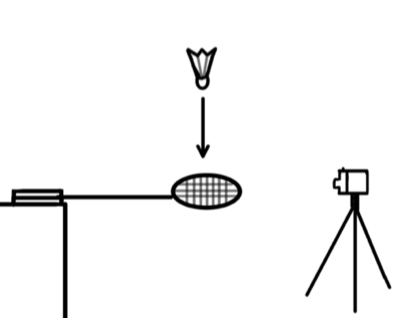
Article 5
Coefficient of Restitution and Impact Location of a Badminton Racquet
by Qian Mu

Article 5
Coefficient of Restitution and Impact Location of a Badminton Racquet
by Qian Mu
The relationship between a shuttle’s point of impact on a badminton racquet and its coefficient of restitution (COR) was investigated. A Yonex Aerosensa 10 shuttle was dropped onto various locations on the head of a horizontally clamped Yonex Voltric Z Force II badminton racquet. Video of the impact was recorded and analyzed to find the COR at each location. Results showed that the highest COR occurs on the longitudinal axis of the frame, specifically at the center and near the base of the racquet frame. Impacts at the side caused frame rotation, decreasing COR. These findings contrast with previous research on tennis racquets, highlighting the different responses of badminton equipment.
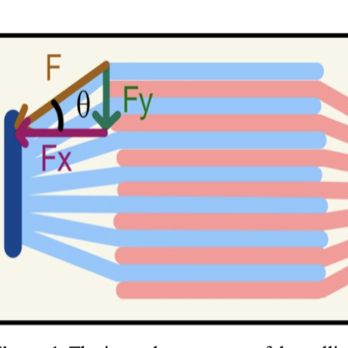
It is well known that bound books with interleaved pages can be difficult to separate because of frictional forces. In this work a theoretical model is developed for a special case: the force required to separate horizontally oriented spiral bound notebooks. It is found that the relationship between the mimimum separation force and the number of interleaved pages closely follows the theoretical model.
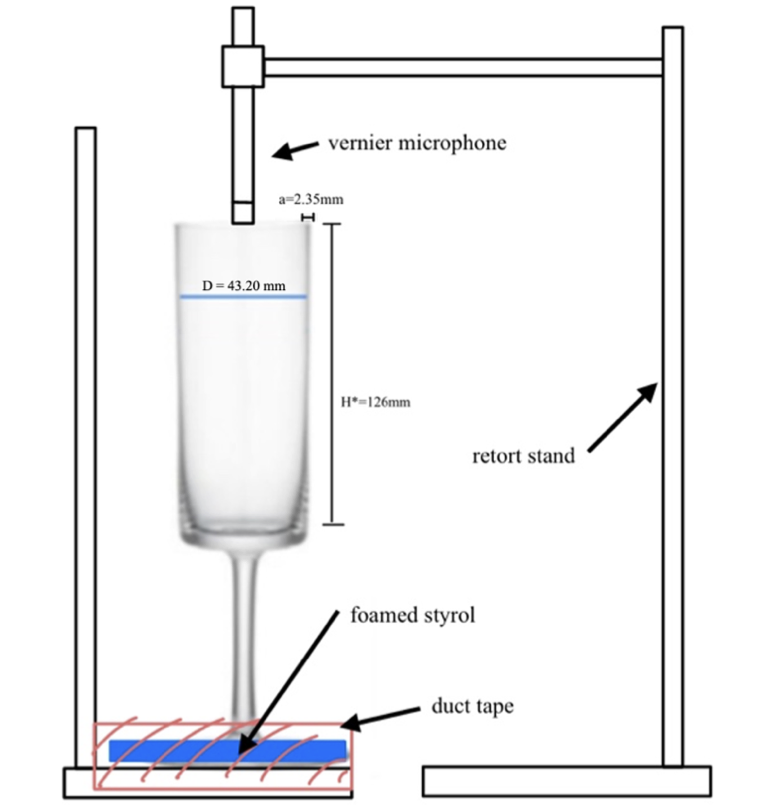
The effect of the height of water in a cylindrical wine glass on the frequency when tapped was investigated. The conditions with water inside, outside, and on both sides of the glass wall, were tested for water heights ranging from no water to nearly the top of the glass. The relative effect of each of the three conditions on the frequency followed that predicted by Chen. 1The results for each of the three conditions were also shown to follow the model proposed by French 2for water heights up to 85% full.
